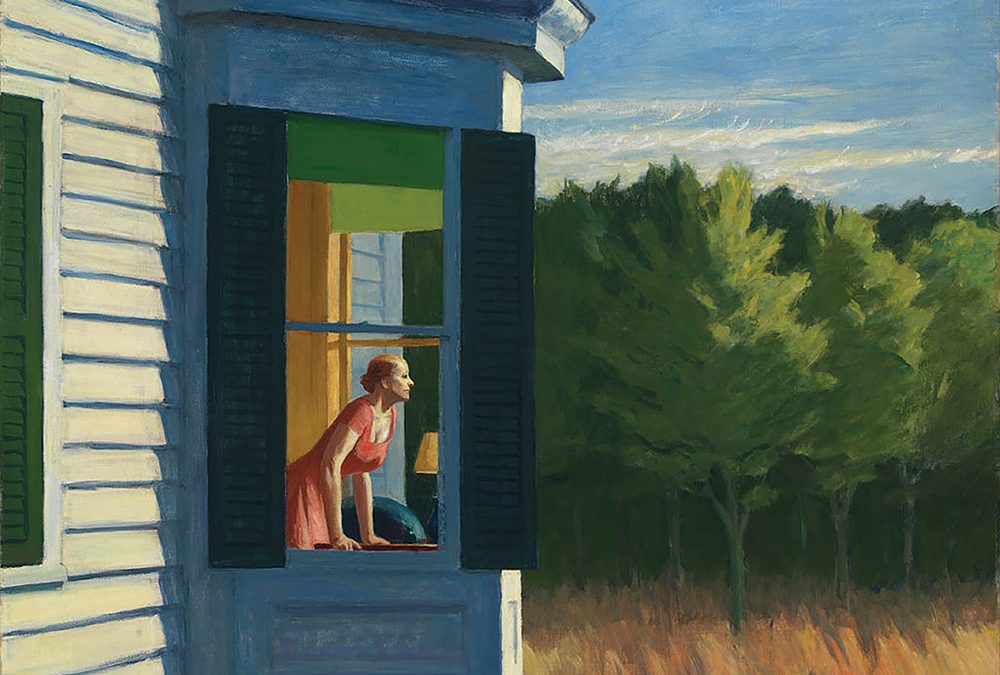Highlights from the Smithsonian’s Sara Roby Foundation Collection
October 20, 2018 – April 28, 2019
A selection of work from the permanent collection of the Smithsonian American Art Museum, Modern American Realism includes the range of what can broadly be called modern realism—from sociopolitical to psychological, from satirical to surrealist. Drawn from works collected by the Sara Roby Foundation, the exhibition includes 44 paintings and sculptures from 1910 to 1980 by Will Barnet, Isabel Bishop, Paul Cadmus, Arthur Dove, Edward Hopper, Wolf Kahn, Yasuo Kuniyoshi, Jacob Lawrence, Reginald Marsh, and Honoré Sharrer, and others.
Sara Roby (1907-1986) believed that the best way to encourage the visual arts America was to acquire the works of living artists and exhibit them to the public. The Sara Roby Foundation began collecting American art in the mid-1950s, and during the next 30 years assembled a premier group of paintings and sculpture by the country’s leading figurative artists.
The resulting collection captures both the optimism and the apprehension of the years following World War II. Many of the works are movingly human, such as Dowager in a Wheelchair (1952) by Philip Evergood, while others, by artists such as Robert Vickrey, provoke us to decipher meanings imbedded in multifaceted andenigmatic scenes.
Sara Roby championed realism at a time when critics celebrated abstract expressionism and “action painting.” However, she was unwilling to be controlled by her own collecting criteria. In addition to obtaining masterpieces by Edward Hopper, Paul Cadmus, and their contemporaries, the Foundation showed cultural range by purchasing key works by Stuart Davis and Louise Nevelson, and regional breadth by collecting works by Mark Tobey and Morris Graves, both preeminent Northwest Artists.






